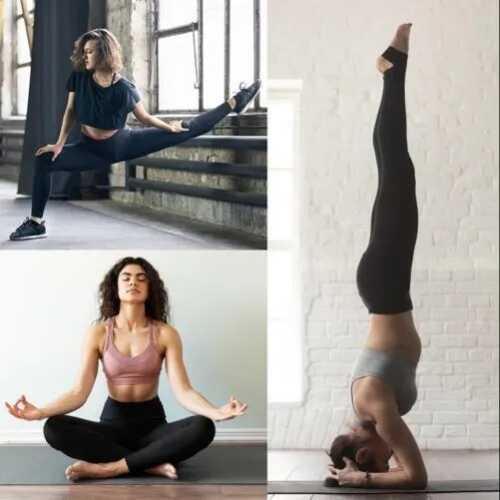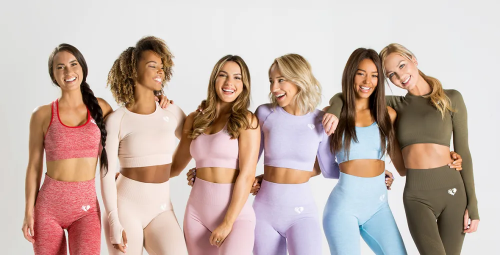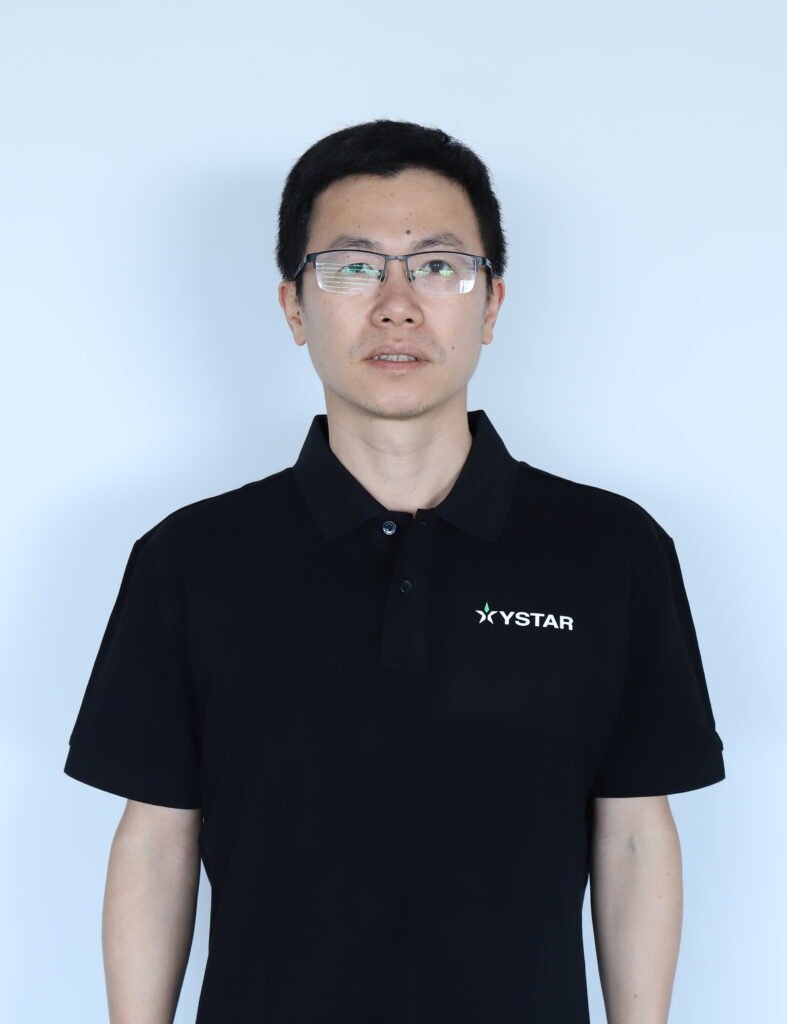There are two unique categories of apparel that are suited for performing physical activities. These categories are yoga wear and traditional activewear. There are some similarities between them, but there are also substantial variances between them in terms of design, functionality, and performance. In order to shed light on the distinctive qualities, target audience, functionality, and style of yoga wear and traditional activewear, the purpose of this industry piece is to provide a complete study of the differences between the two types of sportswear. When it comes to picking proper clothes for particular physical activities, manufacturers, retailers, and consumers can all benefit from having a better awareness of these variances and be able to make more informed decisions.

Design and Fit
One of the most notable distinctions between yoga wear and conventional athletic wear is the way in which the two types of clothing are designed and how they are fitted.
a. Yoga Wear: Yoga wear is clothing that has been developed primarily to accommodate the various postures and motions that are used during yoga. It often has a design that is form-fitting, which enables unfettered mobility and provides the highest possible level of comfort while it is being used for stretches and poses. With the purpose of providing support and coverage during bending and stretching movements, yoga trousers often have a waistband that is somewhat high.
b. Traditional Activewear: On the other side, traditional activewear typically has a looser fit, which allows for greater range of movement and also allows for better airflow. The breathability of the garment may be improved during high-intensity exercises through the incorporation of elements such as mesh panels or strategic ventilation. It is common for the design to place an emphasis on functionality and versatility in order to accommodate a wide variety of physical activities.
Fabric and Performance
The selection of fabric for yoga wear and traditional activewear is an important factor in determining the performance and utility of these garments:
a. Yoga Wear: Fabrics that have high flexibility and recovery capabilities are generally used in yoga wear. Some examples of these types of fabrics include polyester-elastane blends and mixes of nylon and spandex. These materials provide a fit that is both snug and flexible, enabling unrestricted movement while also retaining their shape even after repeated usage. For yoga practitioners to be comfortable during sweat-inducing sessions, it is essential that the clothing they wear has qualities that allow it to drain away moisture and dry quickly.
b. Traditional Activewear: Traditional activewear makes use of a larger variety of textiles, which are carefully selected according to the requirements of the particular activity. Materials that are determined by their performance, such as polyester, nylon, or specialty synthetic blends, are frequently utilized. Durability, breathability, and moisture management are the top priorities for these textiles, which are designed to handle strenuous exercises and activities that take place outside.

unctionality and Support
When it comes to the utility and support that they offer during physical exercises, yoga clothing and standard activewear are distinctively different from one another.
a. Yoga Wear: Yoga wear places an emphasis on flexibility, comfort, and ease of performance in movement. In addition to providing support, the form-fitting design and elastic fabrics help to promote body awareness when practicing yoga positions. In order to provide support and stability throughout the various yoga exercises, certain yoga gear may contain additional elements such as built-in bras, removable pads, or waistbands with additional compression.
b. Traditional Activewear: The primary purpose of traditional activewear is to offer support, compression, and impact resistance particularly for activities that involve high levels of impact. For the purpose of providing stability, minimizing bounce, and lowering the risk of injuries during activities such as jogging, high-intensity training, or sports, it may have elements such as reinforced stitching, adjustable straps, or padded inserts.
Aesthetics and Style
Yoga gear and standard activewear are also distinct from one another in terms of the preferences we have for style and aesthetics:
One of the most common characteristics of yoga gear is that it has a clean and uncluttered appearance. Intricate patterns, mesh panels, or cut-out designs may be featured on it in order to enhance its visual appeal while without compromising its functionality. When it comes to yoga attire, it is usual practice to favor earthy tones, pastel tints, and relaxing colors. This preference is a reflection of the peaceful and mindful character of yoga practice.
b. Traditional Activewear: Traditional activewear encompasses a wide range of styles, making it suitable for a variety of preferences and trends. It is possible for it to incorporate vivid colors, daring patterns, and designs that are more edgy in order to portray energy and excitement. Versatility and fashion-forward characteristics that resonate with the active lifestyle and personal style of the wearer are frequently the focal points of the aesthetic focus.
Yoga wear and regular activewear are two unique categories of apparel, each of which is designed to cater to the particular requirements of a different kind of physical activity. It is essential for consumers, retailers, and manufacturing companies alike to have a solid understanding of the distinctions that exist between these two categories of clothing. Individuals are able to make educated selections regarding the selection of the most appropriate clothes for their preferred activities provided that they take into consideration a variety of aspects, including design, fit, materials, practicality, support, and style. Having the appropriate attire can considerably improve comfort, performance, and overall enjoyment of physical activities. This is true whether one is engaging in the calming motions of yoga or the dynamic intensity of traditional workouts.



